Clay transformed by human hands and fire represents one of our oldest technologies – a direct connection to ancestors who discovered that the earth itself could be shaped into vessels that hold life’s necessities. While industrial production has replaced handcraft in many places, certain cities maintain special relationships with ceramics that transcend mere souvenir production. In these pottery-centric destinations, clay traditions influence everything from local architecture to daily eating habits, creating immersive environments where the line between functional craft and fine art blurs. For travelers seeking an authentic connection to the local culture through material objects, these cities offer hands-on experiences with traditions that have often remained remarkably consistent across centuries.
Here is a list of 17 cities where pottery traditions remain vibrant cultural touchstones rather than nostalgic remnants.
Jingdezhen, China

Known as the “Porcelain Capital,” this city has continuously produced ceramics for over 1,700 years, with its imperial kilns once employing over a million workers to create China’s finest exports. The city maintains specialized ceramic divisions of labor that have existed since the Ming Dynasty, with separate neighborhoods dedicated to specific production processes – from clay preparation to painting to firing.
Unlike tourist-oriented pottery towns elsewhere, Jingdezhen’s entire economy revolves around ceramics, with contemporary artists working alongside factories producing everything from affordable tableware to museum-quality reproductions of imperial pieces. The city’s Pottery Workshop Creative Market allows visitors to purchase directly from emerging ceramists pushing the boundaries of tradition while maintaining connections to millennia-old techniques.
Arita, Japan
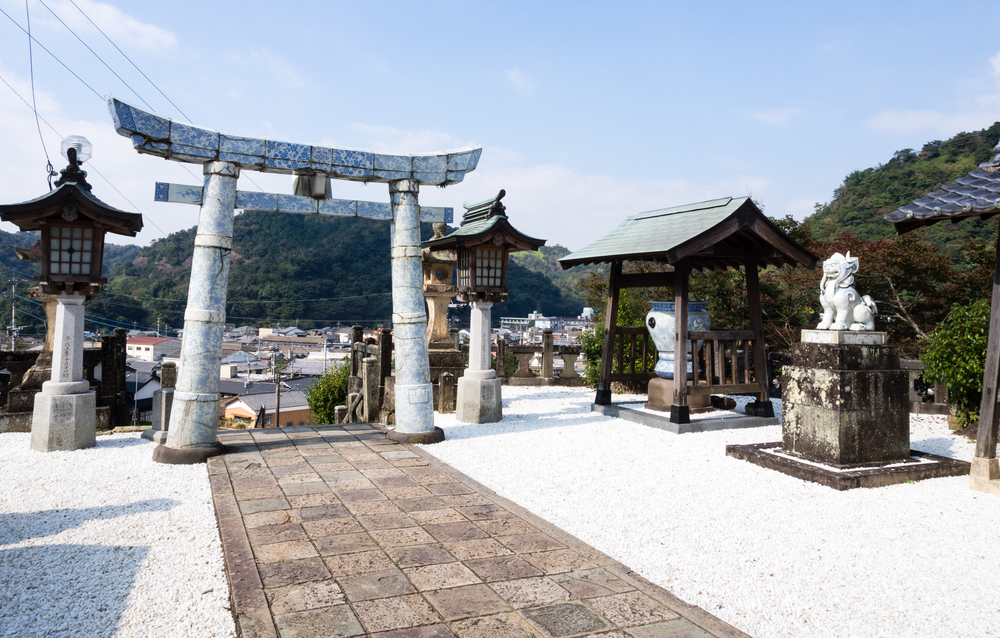
This small town on Kyushu Island revolutionized Japanese ceramics after Korean potters discovered porcelain-quality kaolin clay nearby in the early 1600s, establishing Japan’s first porcelain production. Unlike pottery centers that produce primarily decorative pieces, Arita remains focused on functional tableware that appears in Japan’s finest restaurants, creating direct connections between ceramics and culinary traditions.
The town’s historic kilns maintain traditional wood-firing techniques alongside modern electric methods, allowing contemporary potters to achieve effects impossible with uniformly controlled temperatures. Arita’s annual ceramics fair transforms the entire town into an open-air gallery, with pieces displayed not only in formal exhibitions but in everyday settings throughout the community.
Like Travel Pug’s content? Follow us on MSN.
San Juan de Oriente, Nicaragua

This small village outside Managua maintains pre-Columbian pottery traditions with remarkably little colonial influence, creating direct connections to indigenous ceramic practices. Unlike many pottery towns that have industrialized production, San Juan’s artisans continue working in family compounds where techniques are passed directly from master to apprentice through observation and practice rather than formal instruction.
The village specializes in distinctive burnished black and red vessels created through smoke-firing techniques that predate European contact, though contemporary designs increasingly incorporate modern motifs alongside traditional geometric patterns. Numerous family workshops welcome visitors, offering opportunities to try traditional coil-building techniques using the same local clays that have supplied potters for centuries.
Bat Trang, Vietnam

This ceramic village near Hanoi has continuously produced pottery for nearly a thousand years, specializing in distinctive blue and white wares that synthesize Chinese, Japanese, and Vietnamese aesthetic traditions. Unlike pottery centers focused primarily on tourist markets, Bat Trang produces everything from utilitarian kitchen vessels to elaborate temple decorations, maintaining its place in everyday Vietnamese life.
The village’s street layout itself reflects pottery production processes, with workshops organized in sections based on specialization – from clay processing to glazing to sales – creating a physical map of the ceramic production sequence. Recent modernization has introduced electric kilns alongside traditional wood-fired dragons, though many artisans maintain older methods alongside modern technology.
Guaitil, Costa Rica

This indigenous Chorotega village maintains pre-Columbian pottery traditions that nearly disappeared during colonization, with contemporary artisans having revived ancient techniques through archaeological research and oral tradition. Unlike pottery centers that focus primarily on decorative items, Guaitil creates vessels with practical functions connected to traditional food preparation, including distinctive comales (griddles) for tortillas and specialized fermentation pots.
The village sources clay and natural pigments from the same local deposits used for centuries, maintaining a direct material connection to ancestral production methods. Women lead most ceramic production here, with techniques passing through matrilineal teaching relationships that preserve distinctive family style variations within the broader traditional framework.
Like Travel Pug’s content? Follow us on MSN.
Fes, Morocco
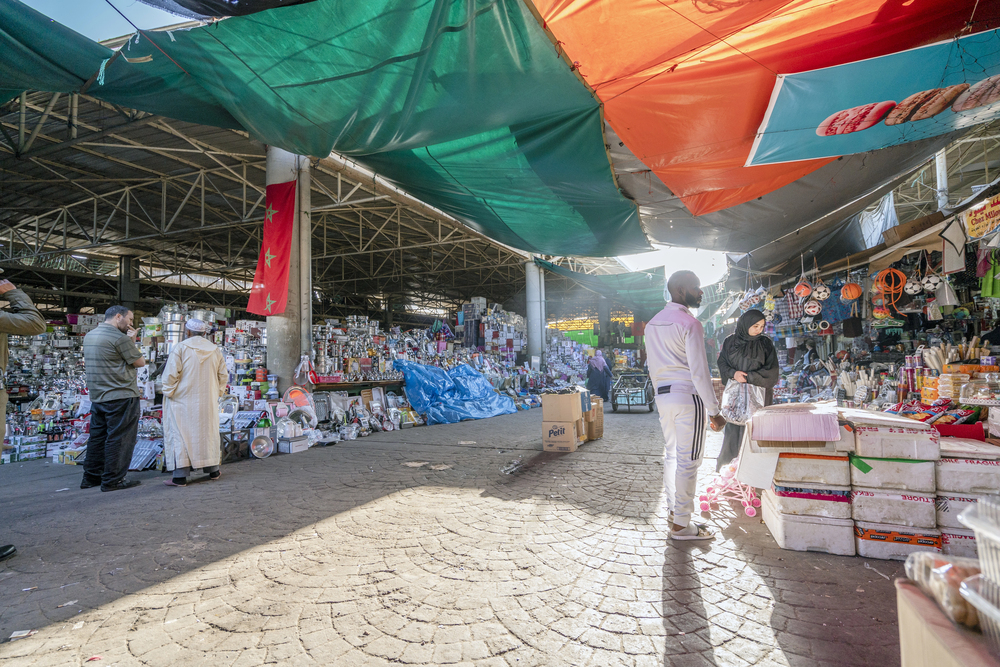
Morocco’s cultural capital maintains a vibrant zellij ceramic tradition centered around geometric tilework that transforms architectural surfaces into mathematical art expressions. Unlike pottery centers that produce primarily portable objects, Fes specializes in architectural ceramics that become integral parts of buildings, blurring boundaries between craft and construction.
The city’s ceramics quarter features multi-generational family workshops where specialized craftsmen maintain distinct roles within production processes that have remained remarkably consistent since medieval times. Pottery production follows seasonal rhythms, with specific processes timed to take advantage of natural drying conditions during different parts of the year, connecting ceramic practices to broader environmental cycles.
La Paz, Mexico

This Baja California destination features a thriving contemporary ceramics scene centered around the vision of Japanese-Mexican potter Shonsuke Matsumoto, who fused traditional techniques from both cultures starting in the 1970s. Unlike pottery towns with centuries-old traditions, La Paz represents how ceramic cultures can establish themselves relatively recently yet develop distinctive local characteristics within a single generation.
The city’s artisans specialize in low-temperature firing techniques that showcase the region’s mineral-rich clay bodies, producing earthy vessels with uniquely southwestern characteristics. Annual ceramic festivals transform the waterfront into open studio spaces where production processes normally hidden in workshops become public performances that connect visitors directly to creation processes.
Grottaglie, Italy
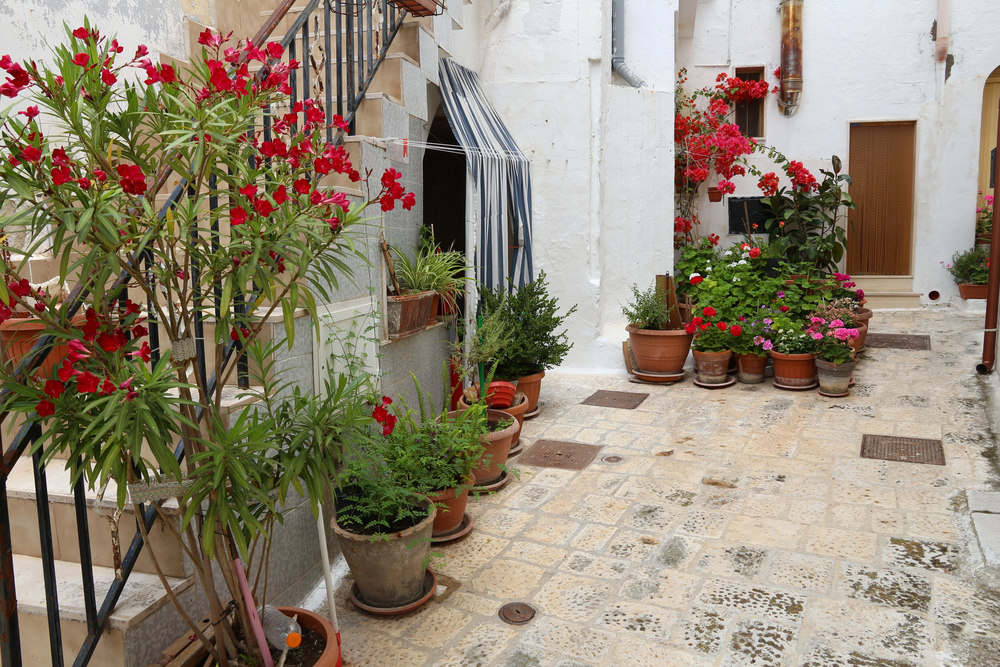
This southern Italian town in Puglia has organized its pottery production around a dedicated ceramic district (Quartiere delle Ceramiche) since medieval times, with workshops occupying ancient cave structures carved into ravine walls. Unlike pottery towns that produce primarily decorative wares, Grottaglie maintains strong connections to agricultural traditions through specialized vessels for olive oil, wine, and preserved foods that remain in active use throughout the region.
Traditional patterns featuring grape motifs and rooster designs connect ceramic decoration directly to local agricultural cycles and folk traditions that persist despite modernization. The town’s Museo della Ceramica displays historic examples alongside contemporary work, documenting evolution while maintaining a connection to centuries-old production methods.
Like Travel Pug’s content? Follow us on MSN.
Oaxaca, Mexico
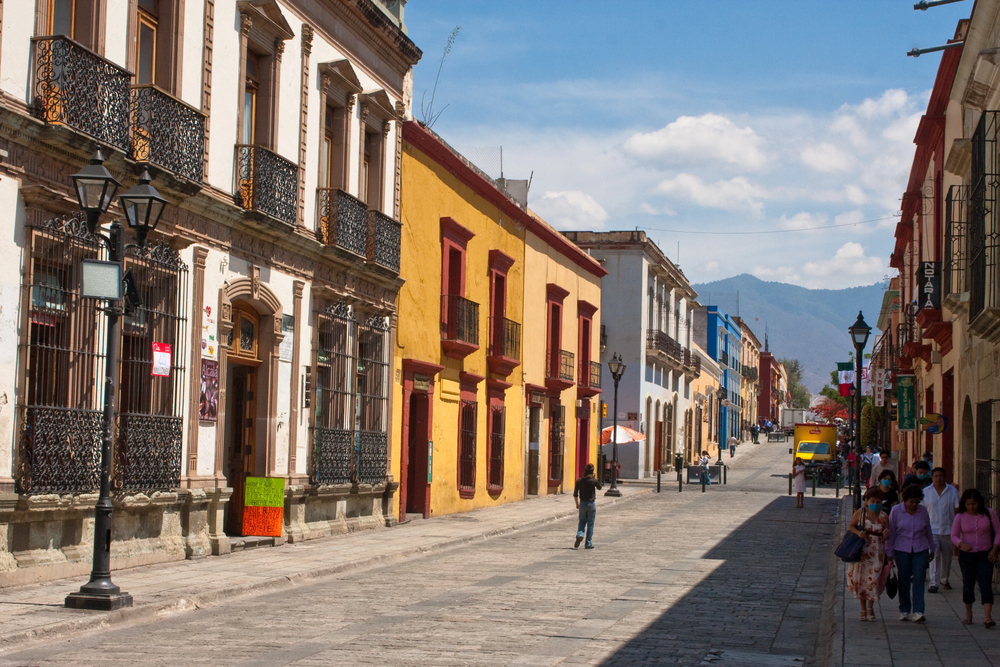
This southern Mexican cultural center maintains distinctive ceramic traditions across multiple indigenous communities, each with characteristic colors, techniques, and decorative patterns. The region’s most famous ceramic tradition comes from San Bartolo Coyotepec, where artisans produce barro negro (black clay) pottery burnished to a high sheen without glazes, using techniques dating to pre-Columbian times.
Unlike pottery centers focused on export markets, Oaxacan ceramics remain deeply integrated into local ritual and domestic life, with specific vessel forms created for traditional celebrations and food preparation. Contemporary ceramists increasingly collaborate with international artists while maintaining a connection to indigenous aesthetic traditions, creating innovative work that remains distinctly Oaxacan.
Safi, Morocco

This Atlantic coastal city has been Morocco’s primary ceramic production center since the 16th century, with an entire district dedicated to pottery making that employs thousands of artisans. Unlike more famous Moroccan pottery towns like Fes that focus on architectural tiles, Safi specializes in practical tableware and cooking vessels used in everyday Moroccan life.
The city’s location provided historical advantages in both clay sourcing and export shipping, allowing its ceramic tradition to develop substantial scale while maintaining handcraft methods. Safi’s distinctive ceramic style incorporates Berber geometric patterns alongside arabesque designs, reflecting Morocco’s diverse cultural influences through pottery decoration that maintains remarkable consistency across centuries.
Avanos, Turkey

This Cappadocian town has produced distinctive red pottery from the iron-rich clay of the Kızılırmak River since Hittite times, creating one of the world’s longest-continuous ceramic traditions. Unlike many pottery centers that have mechanized production, Avanos maintains foot-powered wheels for throwing, connecting contemporary production methods directly to ancient techniques. The town’s cave workshops carved into soft volcanic tuff create natural temperature-controlled environments ideal for clay drying and storage, demonstrating how ceramic production adapts to local geological conditions.
Traditional master-apprentice relationships remain the primary teaching method, with techniques passing through families that have specialized in specific vessel forms and decoration styles for generations.
Like Travel Pug’s content? Follow us on MSN.
Stoke-on-Trent, England

This six-town conglomeration became the center of British industrial pottery production in the 18th century, earning its nickname “The Potteries” through massive output that transformed tableware from luxury to everyday necessity. Unlike artisan pottery centers elsewhere, Stoke developed ceramic production at an industrial scale while maintaining hand skills within factory settings, creating unique production methods that combined efficiency with craftsmanship.
Historic bottle kilns dominate the cityscape, with over 2,000 once operating simultaneously, creating distinctive architectural remnants of ceramic production that shaped the built environment. Contemporary studio potters work alongside remaining factories like Emma Bridgewater and Burleigh, maintaining traditions of decoration that remain distinctively British despite competing with cheaper imports.
Kyoto, Japan
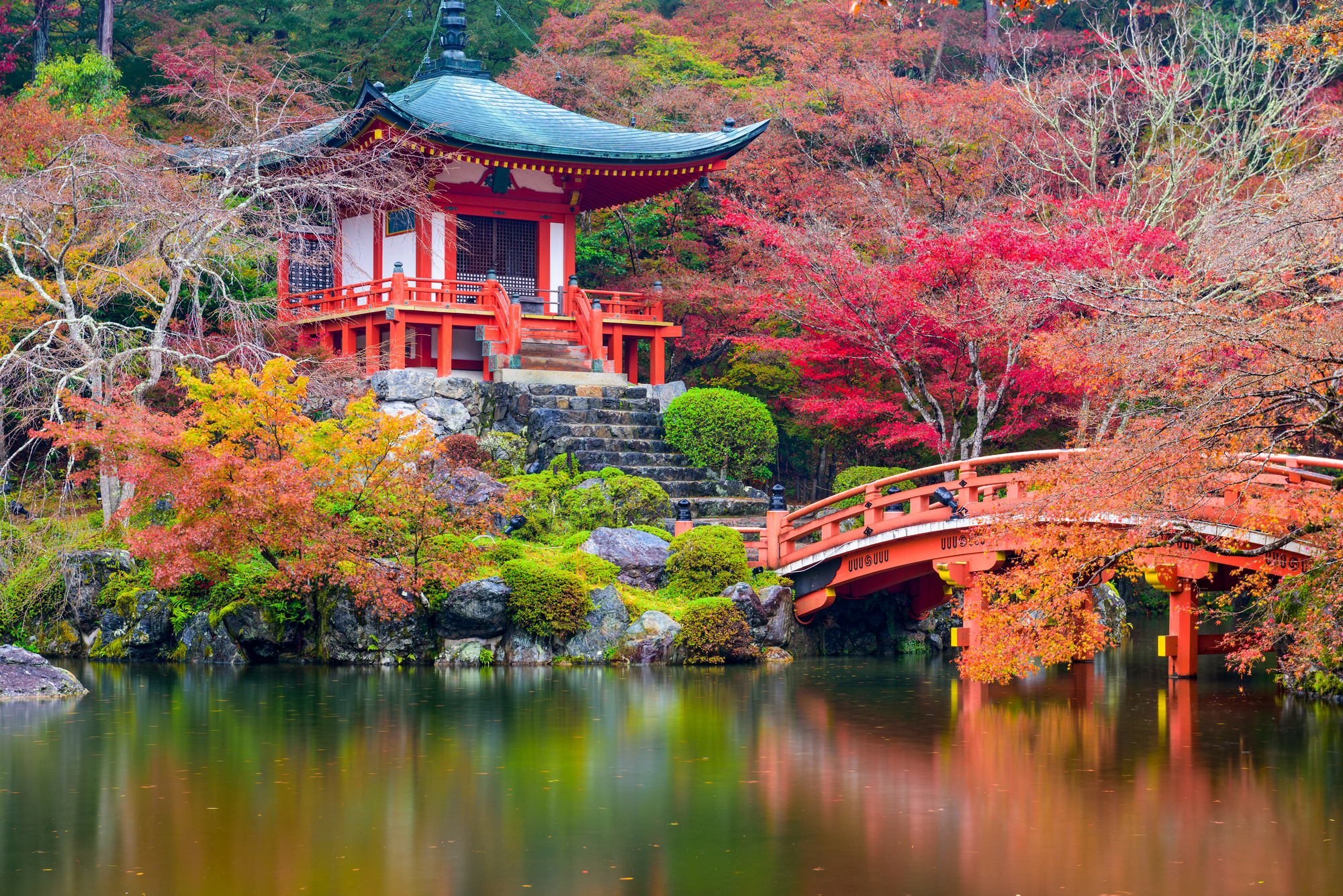
Japan’s ancient capital maintains distinctive ceramic traditions through family kilns that have operated continuously for multiple centuries, producing wares used in tea ceremonies and high-end kaiseki dining. Unlike pottery towns focused primarily on tourist markets, Kyoto’s ceramic workshops produce specifically for Japan’s most demanding domestic consumers, including traditional restaurants and cultural institutions.
The city hosts multiple ceramic traditions simultaneously, including kyo-yaki (Kyoto ware) and kiyomizu-yaki from the eastern pottery district near Kiyomizu Temple, each with distinctive characteristics and specialized applications. Traditional apprenticeship systems require artisans to spend years mastering basic techniques before developing personal style, maintaining exacting standards that connect contemporary production to imperial ceramic traditions.
Seagrove, North Carolina

This small town hosts America’s longest continuous pottery tradition, with over 100 workshops currently operating within a 15-mile radius, many run by families that have produced ceramics for generations. Unlike tourist-oriented craft villages elsewhere, Seagrove represents a living tradition where production techniques have evolved organically while maintaining a connection to the region’s distinctive alkaline glazes and salt-firing methods.
The community balances traditional utilitarian farmhouse pottery with contemporary studio ceramics, creating diverse production that spans functional kitchenware to museum-quality sculptural pieces. Local clay sources continue supplying many potters, maintaining a direct material connection to the distinctive qualities that have defined North Carolina ceramics since the 18th century.
Like Travel Pug’s content? Follow us on MSN.
Pomaire, Chile
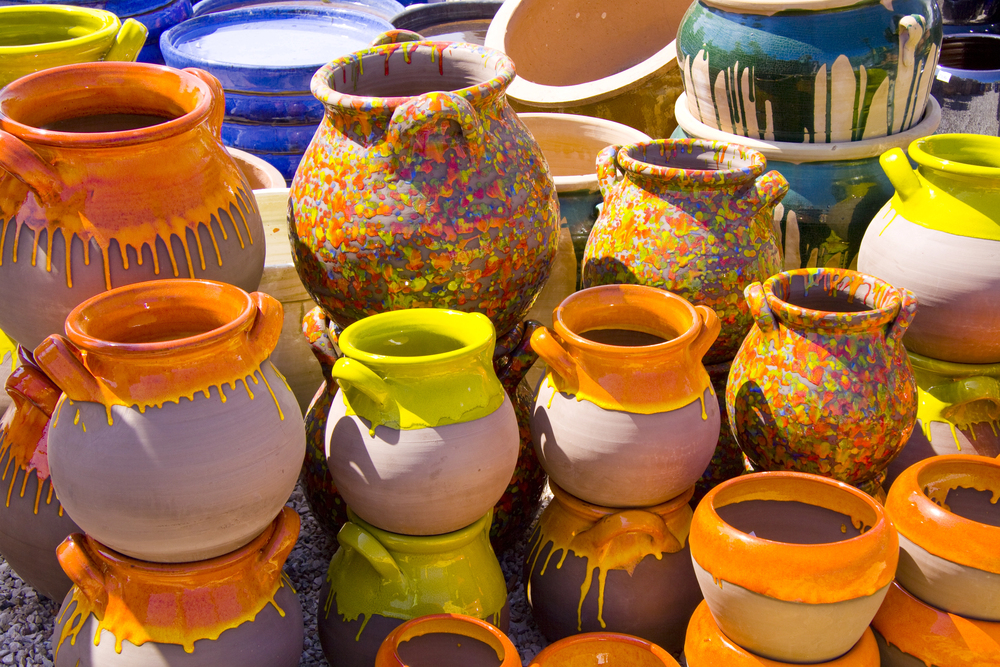
This small village near Santiago specializes in distinctive burnished black utilitarian ceramics produced from highly plastic local clay that allows for exceptionally thin-walled vessels. Unlike pottery centers that have shifted toward decorative production, Pomaire continues creating practical cookware used throughout Chile, including the distinctive three-legged pot (callana) traditionally used for preparing beans.
The village’s signature miniature pottery – tiny vessels perfectly proportioned but only inches high – developed initially as children’s practice pieces but evolved into distinctive souvenirs that subsidize the production of full-sized functional ware. Female potters predominate in Pomaire, maintaining household-based production units where techniques are passed primarily from mother to daughter through practical demonstration rather than formal instruction.
Hebron, Palestine

This ancient city maintains distinctive ceramic traditions centered around glass-like turquoise glazes that have adorned locally produced pottery since the 14th century. Unlike pottery centers focused primarily on vessel production, Hebron specializes in ceramic tiles and architectural elements that transform living spaces through distinctive colors and patterns.
The city’s workshops maintain traditional production methods while adapting designs for contemporary markets, creating modern applications for centuries-old decorative motifs. Despite political challenges that have disrupted many traditional crafts, Hebron’s ceramic workshops continue to operate, providing economic resilience through production techniques that connect contemporary artisans directly to their cultural heritage.
Thanh Ha, Vietnam
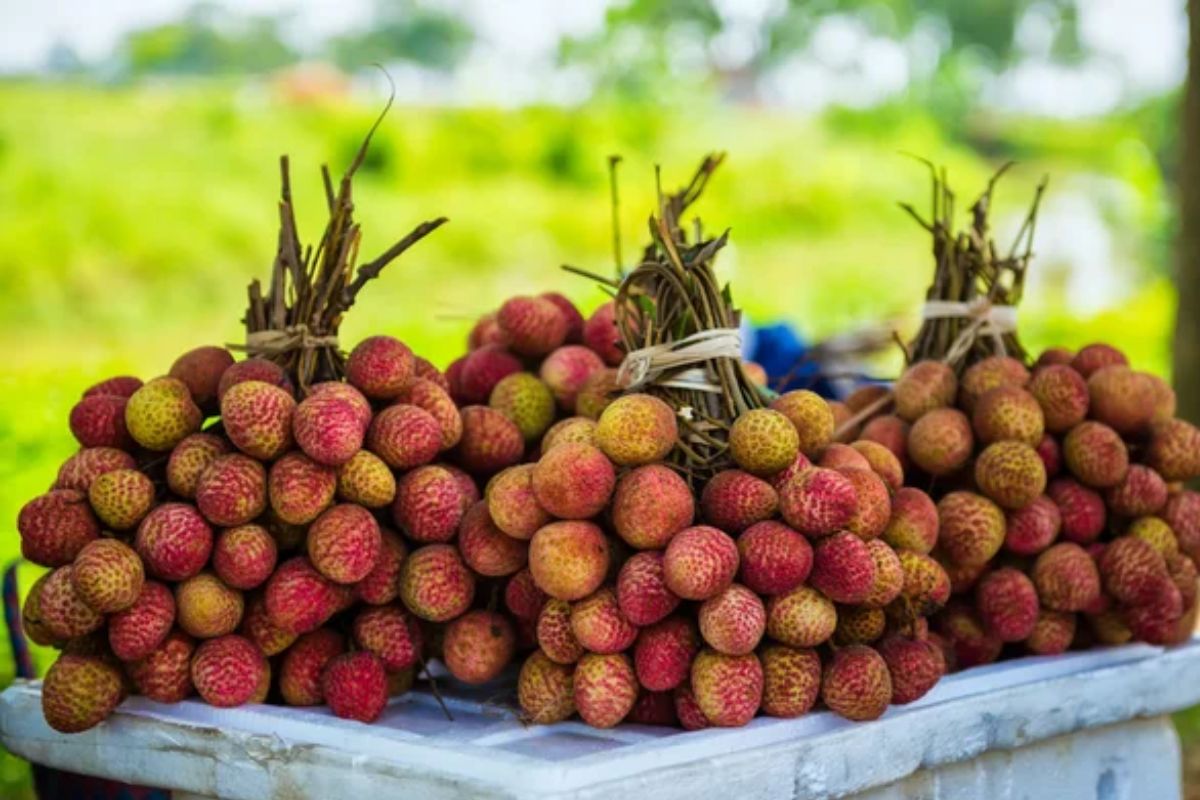
This ancient pottery village near Hoi An has produced distinctive red clay ceramics for over 500 years, traditionally focusing on roof tiles and water storage vessels essential to regional architecture. Unlike ceramic centers that produce primarily for tourist markets, Thanh Ha maintains the production of practical items used throughout central Vietnam, creating direct connections between pottery tradition and daily life.
The village’s layout itself reflects ceramic production processes, with workshops organized along the Thu Bon River to facilitate the transportation of finished goods via waterways that connected to ancient trading networks. Contemporary artisans continue to use foot-powered wheels and wood-fired kilns while increasingly incorporating demonstration areas where visitors can experience traditional production methods firsthand.
Like Travel Pug’s content? Follow us on MSN.
Beyond Utilitarian Origins
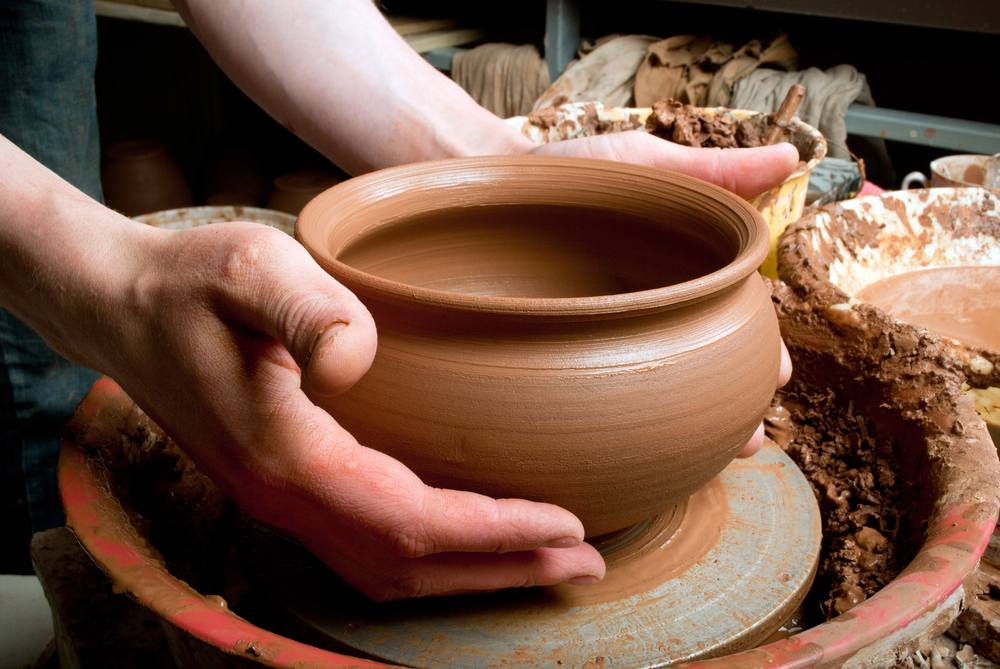
These destinations reveal how seemingly simple clay objects become repositories of cultural knowledge, aesthetic traditions, and community identity. Each represents different aspects of our relationships with this most fundamental craft – from industrial-scale production that democratized ceramic tableware to indigenous traditions that maintain direct connections to pre-colonial material culture.
For travelers seeking authentic engagement with local traditions, these pottery-centered communities offer rare opportunities to witness production processes that have often remained remarkably consistent despite centuries of technological change. Perhaps the enduring appeal of handmade ceramics lies precisely in this connection – in a world increasingly dominated by digital experiences, these tangible objects carry the direct imprint of their makers.
More from Travel Pug

- Cities Growing so Fast You Won’t Recognize Them in 10 Years
- 13 Destinations Where Tourists Regularly Regret Their Trip
- 20 Obscure WWII Sites Even History Buffs Don’t Know About
- 10 Under-the-Radar Mountain Towns That Are Both Affordable and Beautiful
- 20 Abandoned Places That Feel Like Real-Life Post-Apocalyptic Movie Sets
Like Travel Pug’s content? Follow us on MSN.
